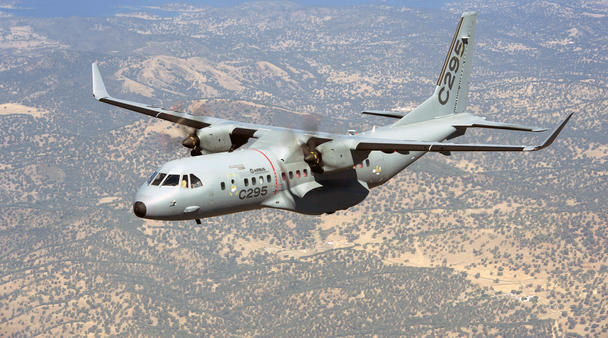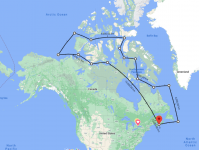Major air powers in the world - including the naval aviation of certain navies - operate Airborne Early Warning and Control (AEW&C) aircraft. Notably absent from those air powers is the Royal Canadian Air Force. All G7 countries except Canada; China, Russia, Brazil, India, Australia, even Singapore whose territory is smaller than Calgary, operate AEW&C. Would operating those kind of aircraft not increase the capability of the RCAF? During peace time, I think those can be used to patrol our territories in the North, to ensure the integrity of Canadian sovereignty. Canada is such a vast and scarcely populated country. Surely we can use early warning that the aircraft provides.
From what I see, there are five platforms currently available that are not produced by Russia or China. Boeing E-767, Boeing E-7, Grumman E-2, Embraer R-99 and Gulfstream G550 AEW. E-3 AWACS is no longer in production and while CP-140 does surveillance, it is not an AEW&C platform.
To discuss, does the RCAF have the need for AEW&C platform, or is it content with AWACS that NATO provides? If yes, which one among the five platforms above that most fit into RCAF missions and requirements?
From what I see, there are five platforms currently available that are not produced by Russia or China. Boeing E-767, Boeing E-7, Grumman E-2, Embraer R-99 and Gulfstream G550 AEW. E-3 AWACS is no longer in production and while CP-140 does surveillance, it is not an AEW&C platform.
To discuss, does the RCAF have the need for AEW&C platform, or is it content with AWACS that NATO provides? If yes, which one among the five platforms above that most fit into RCAF missions and requirements?







